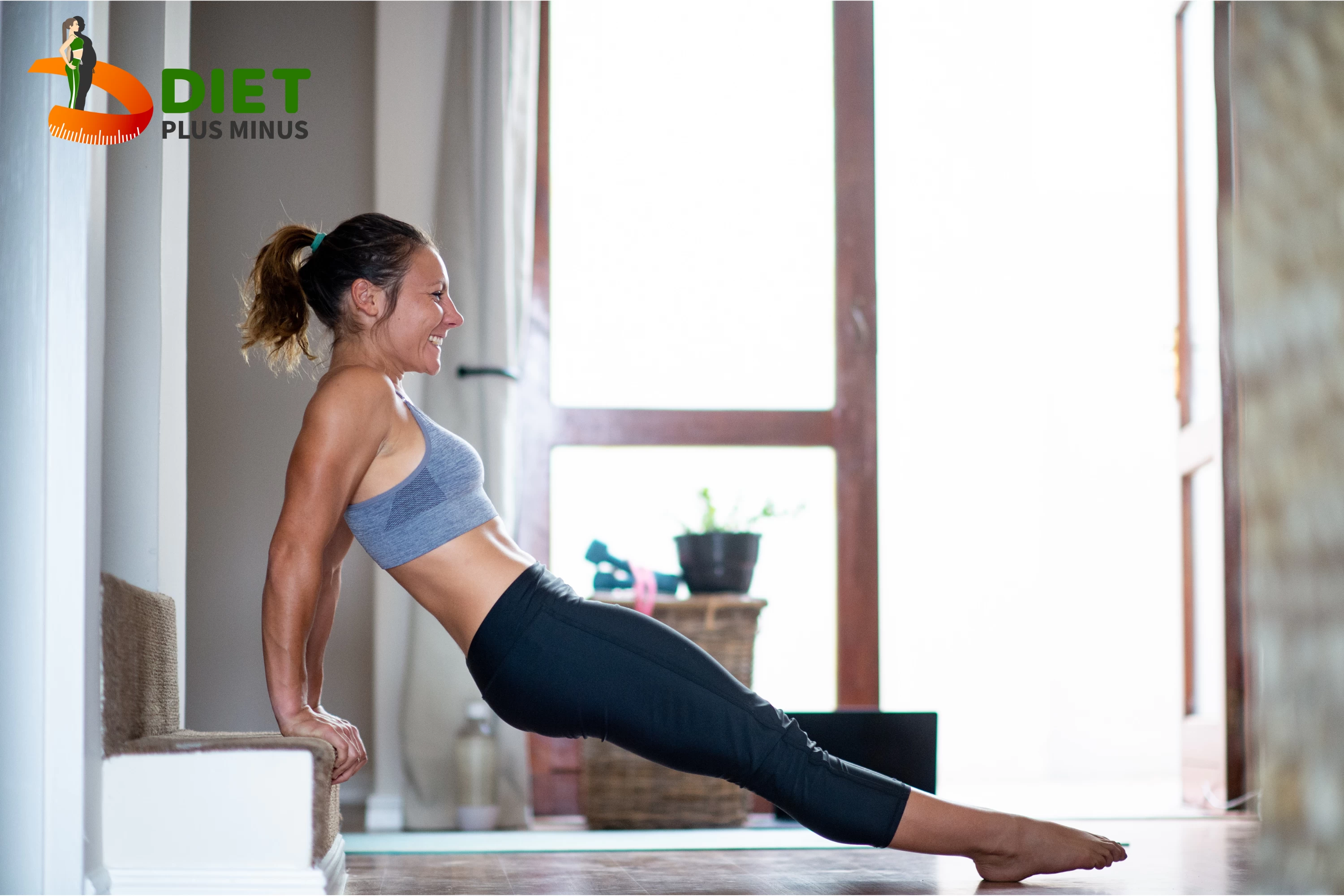Triceps: Bench Dips

Explaining Bench Dips
Bench dips work your back triceps. Bench dips strengthen and tone this area. Bench dips require proper form and technique.
Sit on the floor or chair edge to do a bench dip. Place your hands behind you on the seat with palms down and fingers pointing forward. Make sure your feet are firmly planted in front of you with bent knees to form an angle with your lower legs parallel to the floor. Keep your elbows straight and close to your body as you slowly lower yourself until both arms are at 90 degrees. Hold this position for one second, then press up using only your triceps until returning to starting position. Repeat for desired repetitions.
Instead of relying on momentum or gravity, focus on controlling movement to maximise muscle activation and build strength. Dropping too low can strain tendons and cause injury over time. Keep an upright posture while performing this exercise to ensure proper form and reduce injury risk!
Muscles Worked
Bench dips strengthen triceps. It works your arms and triceps' three heads. To maximise triceps tension, keep your elbows close and tucked in during this exercise. This exercise can be done with bodyweight or a plate, dumbbell, or kettlebell between the feet. Weights farther from the body are harder. Bench dips engage stabiliser muscles like your chest, shoulders, and abs to support and balance your body. Bench dips can build muscle and strength in these areas without equipment.
Benefits of Bench Dips
Bench dips are a great triceps workout because they use your bodyweight. Bench dips improve posture, balance, and strength.
Bench dips strengthen all triceps muscles. This exercise requires only arm strength to lift your body. Due to their involvement in pushing yourself up from the dip position, doing this regularly strengthens the triceps, pecs, and shoulders.
Bench dips improve upper-body balance and stability. This movement helps build control over stabilising muscles that support joint movement and improves coordination! Bench dips are great for improving pull-ups and push-ups.
Bench dips also strengthen back muscles like rhomboids and lower traps, chest, and shoulders, which improves posture! Bench dipping strengthens these areas, making it easier to stand straight with a straight back instead of slouching or hunching over due to a weak core.
Safety Considerations
Triceps bench dips require safety precautions. First, align hands and arms. Position the palms flat on the bench with fingers pointing towards the body and elbows at a 90-degree angle. For control, keep the arms bent while lowering. Starting with feet closer to the body reduces strain and injury. Finally, before trying this exercise, people should check their upper body strength and use spotters for heavier weights. Triceps bench dips can be performed safely and effectively by taking these safety precautions.
How to Do Bench Dips
Bench dips strengthen triceps. They require a stable surface like an exercise bench or chair. Sit on the bench's edge with your feet flat on the floor and your palms behind your hips. Slowly lower yourself to 90 degrees, then press up using only your triceps until both arms are extended again. To make it harder, lift one leg off the floor. Keep your back straight to target triceps instead of chest or shoulders. Best results with 3 sets of 8-10 reps!
Variations of Bench Dips
Bench dips can be declined. Users place their feet on a decline bench and their hands on a flat bench behind them for this exercise. The user lowers their body until their arms form 90-degree angles and then presses back up to the starting position. Decline bench dips target the triceps more than regular dips because gravity pulls down during each repetition.
Single-arm reverse grip bench dips are another variation. This version requires two benches: one for your feet and one slightly lower for your hands. Hold a dumbbell in one hand and lean forward so that both benches support only one side of your bodyweight and only the arm holding the weight works for each rep. This variation increases intensity by forcing you to balance yourself with one arm while performing a traditional dip motion, which strengthens stabilising muscles like core and obliques and triceps.
Conclusion
Bench dips work triceps, deltoids, and pectorals. Bench dips can strengthen arms and upper body when done properly. This exercise improves range of motion, strength, and balance for many. Bench dipping builds triceps muscle, improving posture and athletic performance. Bench dips strengthen elbow tendons and ligaments, reducing injury risk when done properly. Bench dips work multiple muscle groups and improve fitness.
In Short:
Steps involved:
-
Hold the bench with your hands at the edge, straighten your legs with your feet together.
-
Lower your butts straight down.
-
Push back to the initial position.
-
To raise the difficulty, place your feet on a raised platform and start adding weights.
Do's:
-
Keep your forearms pointing downwards and try to keep your elbows close.
-
Always warm up your shoulders.
-
Squeeze your triceps at top of the movement.
-
Keep the rep timing slow.
Don’ts:
-
Do not dip down too low.
-
Do not strain your shoulders much.
